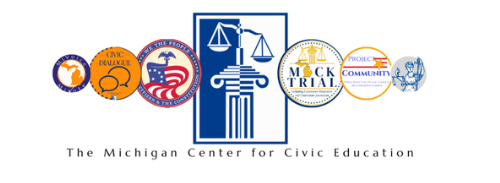Target Grades: 4-6
In this lesson, students use a school policy to define policy, understand that policies change, and recognize what and who influences policy making and changes.
Civics Lessons
Teaching How Citizens Influence Public Policy
To Amend or Not to Amend, That’s Been the Question…Many Times
This lesson asks students to examine recent proposed amendments to the U.S. Constitution, analyze them for public policy triggering mechanisms, and compare and contrast them to amendments that have been ratified.
Why Do We Have a House and Senate, Anyway?
Students learn why there are two houses of Congress and discover how a bicameral legislature ensures that states have a voice in bills. Together, the class creates a school cell phone policy and experiments with different voting groups that demonstrate why the bicameral compromise was necessary. Students also examine how things might be different today if there were just a House or a Senate.
Appreciating Democracy
This lesson is designed to teach students to appreciate the most basic practices of democracy in the United States: The lesson can be taught in three or four 45-minute class periods. At the heart of the lesson are three easy-to-teach activities (or simulations).
Juvenile Justice
Deliberating in Democracy lesson which gets students to deliberate the question-Should violent juvenile offenders be punished as adults?
Cyberbullying
Deliberating in Democracy Lesson which gets students to deliberate whether schools should punish students for off campus cyber bullying
The Exchange: Should Same-Sex Couples Have the Right to Marry
This research and deliberation activity encourages students to look at the issue of same-sex marriage from different points of view.
The Exchange: When Should Increased Security Measures Outweigh Your Privacy Rights in School?
This activity encourages students to deliberate on the issue of balancing privacy and security.
Constitution Day Lesson 14th Amendment
The goal of this activity is to introduce 8th grade students to the Fourteenth Amendment of the U. S. Constitution (equal protection under the law).
The Exchange: Can Government Prohibit Citizens from Owning Handguns?
This research and deliberation activity encourages students to look at the issue of gun control from different points of view. Then, through deliberation, they will find political measures to address this issue. In any deliberation activity, compromise and listening will play a key role in finding common ground. This lesson is designed to promote an atmosphere of mutual respect for differing points of view on controversial issues.

